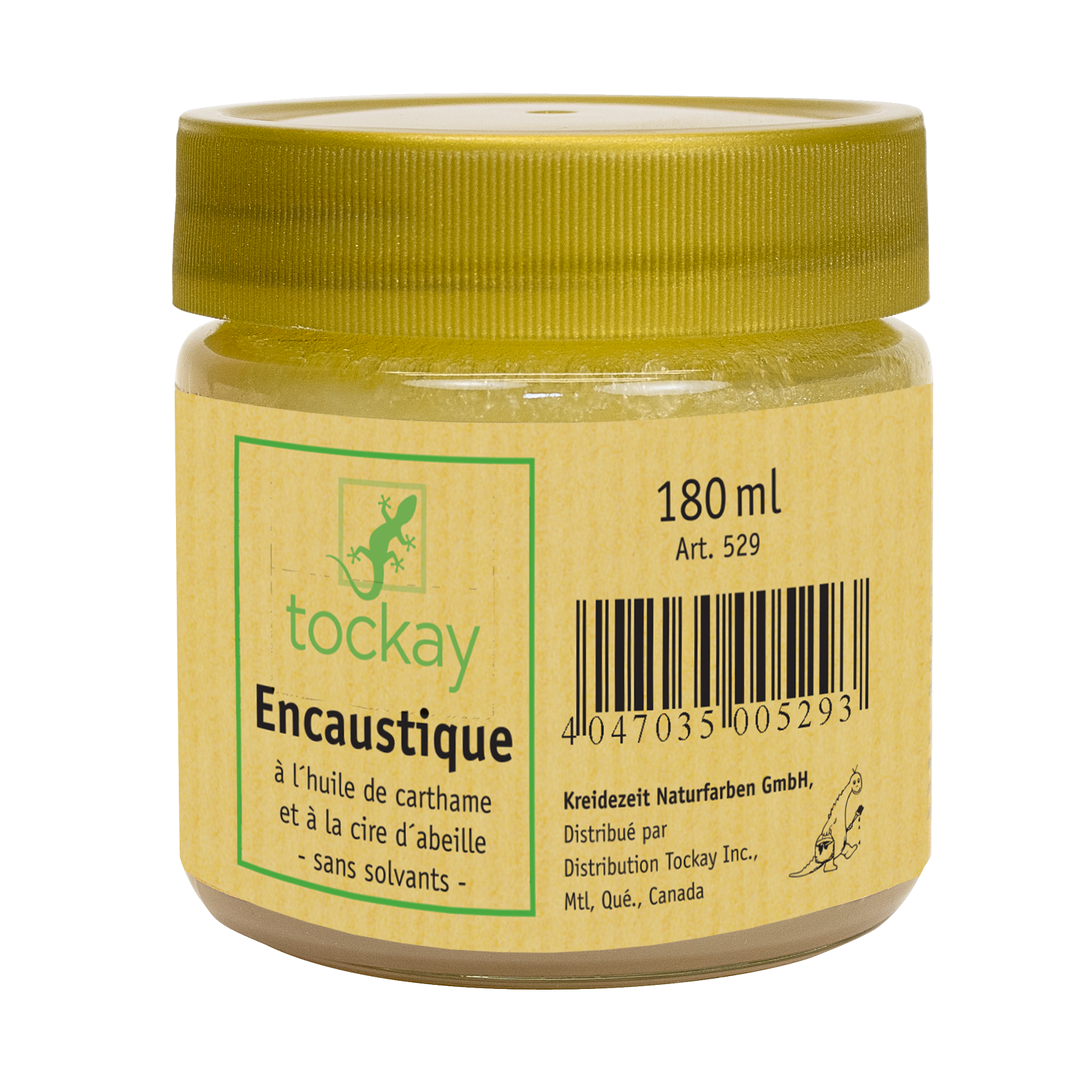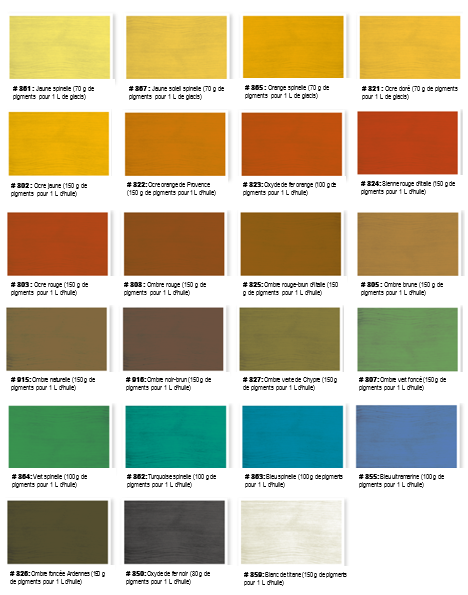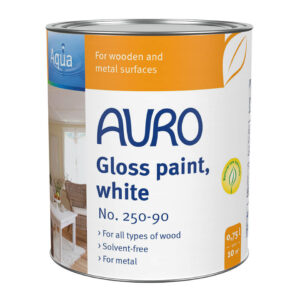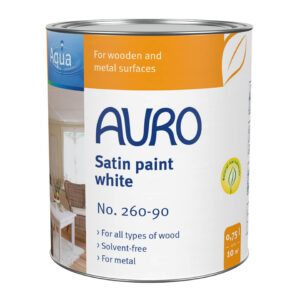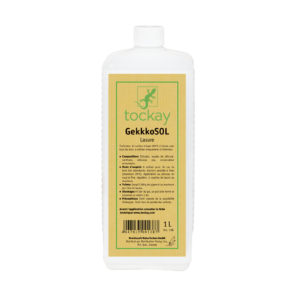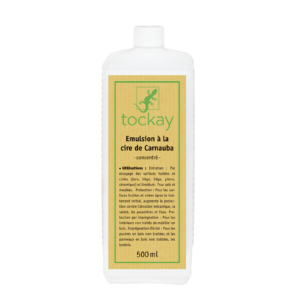Description
The encaustic with safflower oil and beeswax is particularly recommended for the protection of raw wood like furniture or a surface made of Tadelakt. It is composed of a mixture of purified beeswax, safflower oil and clarified wood oil. The colors of surfaces treated with encaustic remain beautiful and undergo almost no yellowing, unlike the treatment with products containing linseed oil.

